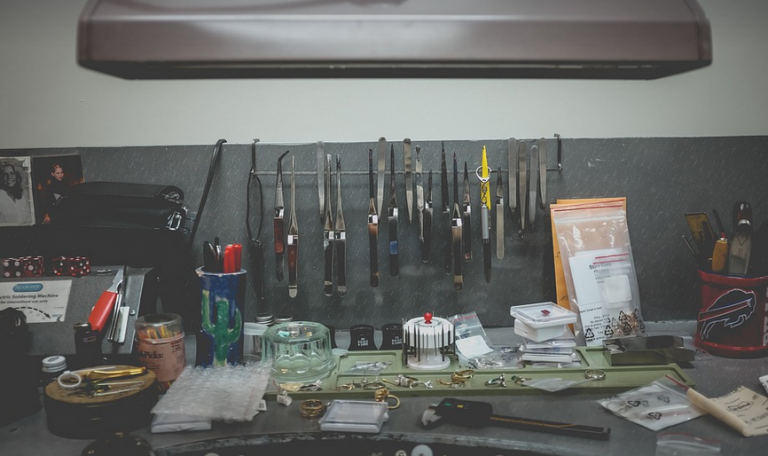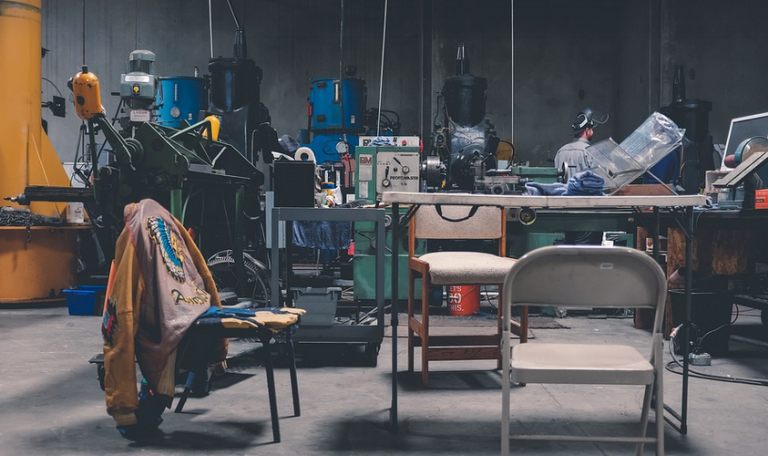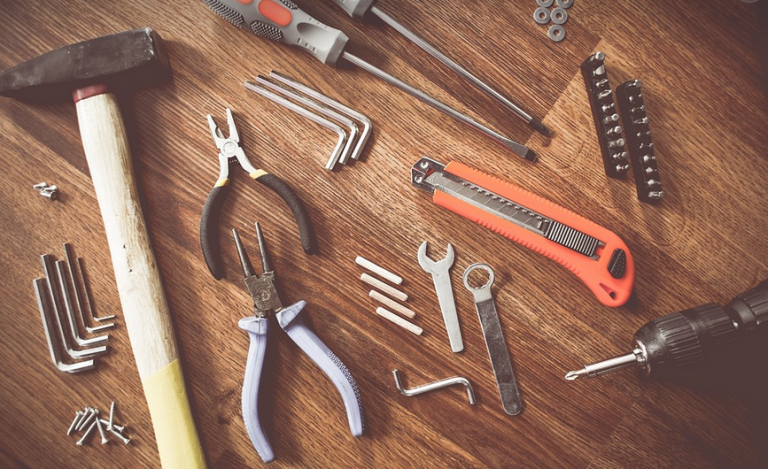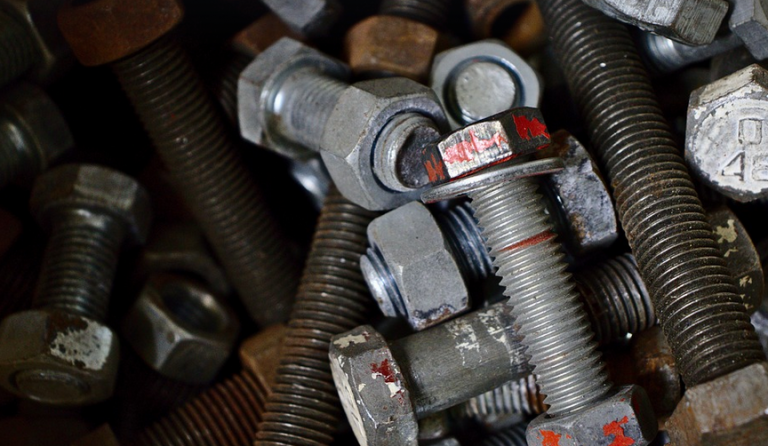
Understanding the Basics of Plasma Cutting
Plasma cutting is a fantastic tool for various metalworking tasks, from hobbyist projects to industrial fabrication. It allows you to precisely cut through thick metals with incredible speed and precision. However, when your plasma cutter just won’t arc, it can be frustrating. This article will guide you through the most common causes of arc failure and provide some troubleshooting tips.
What is Arc Welding?
At its core, plasma cutting utilizes a high-velocity stream of hot gas (plasma) to melt and vaporize the metal being cut, creating an electric arc that ignites the process.
An arc, in simple terms, is a flow of electricity between two electrodes. When you press the trigger on your plasma cutter, electricity flows through the plasma torch, striking the metal’s surface with enough force to vaporize and melt it away. This creates a controlled “arc” that allows for precise cutting.
Understanding the arc process is vital when troubleshooting. The arc’s strength and stability directly correlate to how well your plasma cutter performs. If the arc isn’t strong or stable, the metal won’t be cut effectively or at all.
Common Causes of Plasma Cutters Not Arcing
Troubleshooting a plasma cutter that won’t arc can sometimes be a little puzzling, but don’t worry! The issue often boils down to one of these key factors:
- Plasma Torch Issues:
- Insufficient Power:
- Gas Flow Issues:
- Air Gap Issues:
- Contact Issues:
- Grounding Issues:
- Check the Power Supply:
- Examine the Torch Tip:
- Clean the Gas Tubing:
- Verify Gas Flow:
- Adjust Gas Settings:
A damaged or dirty torch tip, an incorrect nozzle size, improper gas flow, or incompatible shielding gases can wreak havoc on your plasma arc. This is because all of this directly affects the amount of heat and pressure applied to the metal being cut.
Check if the power supply or settings are correct. A faulty power source, insufficient voltage, or improper amperage setting can cause a plasma arc to fail. This is because the power level must be high enough to melt the metal and create electrical flow.
The gas flow plays a crucial role in plasma cutting, ensuring proper shielding of the arc from environmental elements like moisture or dust. In addition, correct gas pressure is essential for a stable arc and consistent cuts. If there’s a blockage or insufficient flow of Argon or other gases, your arc will suffer.
An air gap could be a culprit if the plasma torch isn’t properly touching the metal. It may result in an inconsistent arc and difficulty cutting through thick materials. It is important to ensure the torch tip makes contact with the metal surface.
Make sure your electrodes are clean, not damaged, and properly positioned for optimal performance. Any obstruction or misalignment can hinder a stable arc. Remember, the electrode must touch the metal surface to initiate the electrical flow of the plasma cutter.
Ensure your earth connection is strong and secure! A faulty grounding system can lead to inconsistent arcs or even create dangerous situations. If you notice flickering lights or smell burning, it’s an indication of a potential grounding issue that needs attention.
Troubleshooting and Repair
Let’s explore some specific troubleshooting steps:
Ensure your plasma cutter is receiving the correct voltage. Consult the user manual or contact the manufacturer for power requirements if you’re unsure. You can check this by using a multimeter to test the voltage supplied.
Inspect the torch tip, including its nozzle and electrode, for any physical damage such as cracks, corrosion, or scratches. A broken or damaged tip will impact the arc’s stability and consistency. If necessary, replace your torch tip with a new one.
Keep in mind that debris can build up inside the gas tubing of your plasma cutter, which would ultimately affect the quality of the cut. Ensure the tube is clean and free from any blockage or obstructions. A clogged gas tube will impede proper gas flow, resulting in an unstable arc.
To check for optimal gas flow, you can use a pressure gauge. If the gauge is showing a discrepancy in gas pressure, it means there’s an issue with your gas supply or the regulator. In addition to this, listen for any unusual noises coming from your torch while operating.
Ensure you are using the correct shielding gas and that it is flowing smoothly through the torch. The gas flow rate should be consistent and optimal to ensure a stable arc. If there are any issues with the gas settings, adjust them to find the desired level of argon or helium flow.
Safety First!
Before you begin troubleshooting, always prioritize your safety. Wear appropriate protective gear such as welding gloves and safety glasses to avoid potential hazards. Also, ensure that the area where you’re working is well-ventilated, especially when dealing with high-voltage plasma torches. Always disconnect the power source before making any adjustments or repairs.
Remember: If you continue experiencing difficulties after trying these troubleshooting tips, it’s best to consult a qualified technician or seek professional assistance from your plasma cutter manufacturer for guidance and repair.






